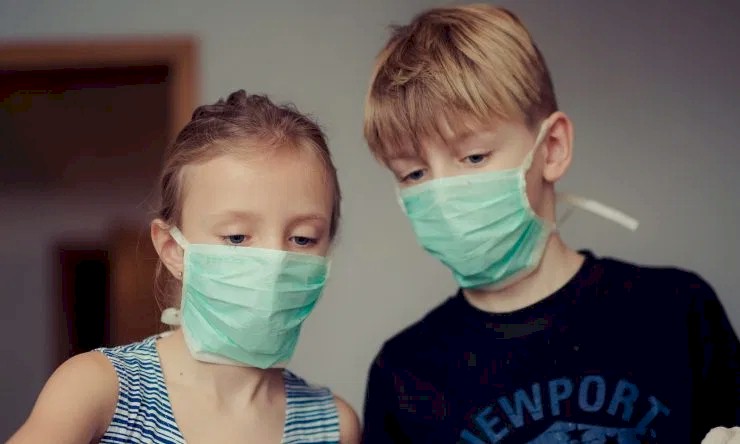The Coronavirus Lockdown: Saving Adults But Killing Children
By I&I Editorial
IssuesInsights.com

Photo by Janko Ferlic from
Pexels
The coronavirus has almost entirely spared children. The same can’t be said of the global lockdown. In fact, by trying to save the lives of those at high risk of COVID-19, countries around the world are condemning hundreds of thousands of children to death. Has anyone bothered to factor this in when deciding when to reopen the economy?
One thing that has become abundantly clear since the virus emerged is that it targets older and sicker people. The Centers for Disease Control and Prevention found that of those with confirmed cases by mid-March, only 5% were younger than 19, while 62% were over 55. Of those who ended up in the hospital, fewer than 1% were under 19, and none of these young people were admitted to intensive care units.
But a little-noticed United Nations report out last week found that the massive disruptions and global recession caused by the shutdowns will disproportionately harm children. It says that 60% of children worldwide are in countries under partial or full lockdown orders.
Based on current estimates of the economic damage caused by the shutdowns, the International Monetary Fund figures a 3% decline in global GDP.
“Hundreds of thousands of additional child deaths could occur in 2020,’” which “would effectively reverse 2 to 3 years of progress in reducing infant mortality in a single year.”
And this is likely a low-ball estimate because it counts only the direct impact of a worldwide recession, not the impact shutdowns are having on access to health care, vaccines, prenatal care, food and nutrition, or mental health care.
The U.N. report notes, for example, that polio vaccination campaigns have been suspended. The crippling childhood disease has not been eradicated from Afghanistan and Pakistan, and there have been outbreaks in Africa, East Asia and the Pacific.
Measles immunization campaigns have been suspended in at least 23 countries that had targeted more than 78 million children, the report says, which will lead to more measles oubreaks. Keep in mind that more than 140,000 people died from measles in 2018, according to the World Health Organization. Most of them were under age 5.
This happened before when health experts ordered draconian measures to stem an Ebola outbreak in Liberia and Sierra Leone because officials claimed it could kill millions of people in those two countries.
As a result, the share of children in Liberia who were fully immunized against measles plunged from 73% before the crisis down to 36% during the outbreak. And measles cases in that country exploded from 12 a month before the epidemic to 60 a month immediately afterward.
(And as Michael Fumento pointed out here recently, the Ebola scare was wildly exaggerated, with the actual number of Ebola deaths totaling fewer than 8,000.)
Then there’s the fact that 368 million children across 143 countries rely on school lunches as a source of nutrition. “Hastily implemented lockdown measures risk disrupting food supply chains and local food markets,” the U.N. report explained, which “pose potentially grave consequences for food security.”
Children could also be at increased risk of water-borne disease if water, sanitation and hygiene services are disrupted, the U.N. says.
As the report grimly sums it up: “Mitigation measures … may inadvertently do more harm than good.”
Yet these second-order effects from the draconian coronavirus shutdowns never get discussed. Instead, the focus is entirely on daily death counts, calls for more aggressive lockdowns, and warnings that reopening the economy “too soon” could cause COVID-19 cases to climb again.
Perhaps public health officials should have spent as much time warning about the deadly impact shutdowns would have on children as they did spreading fear about the supposed lethality of the virus.

